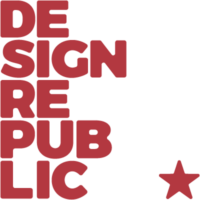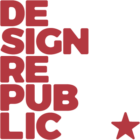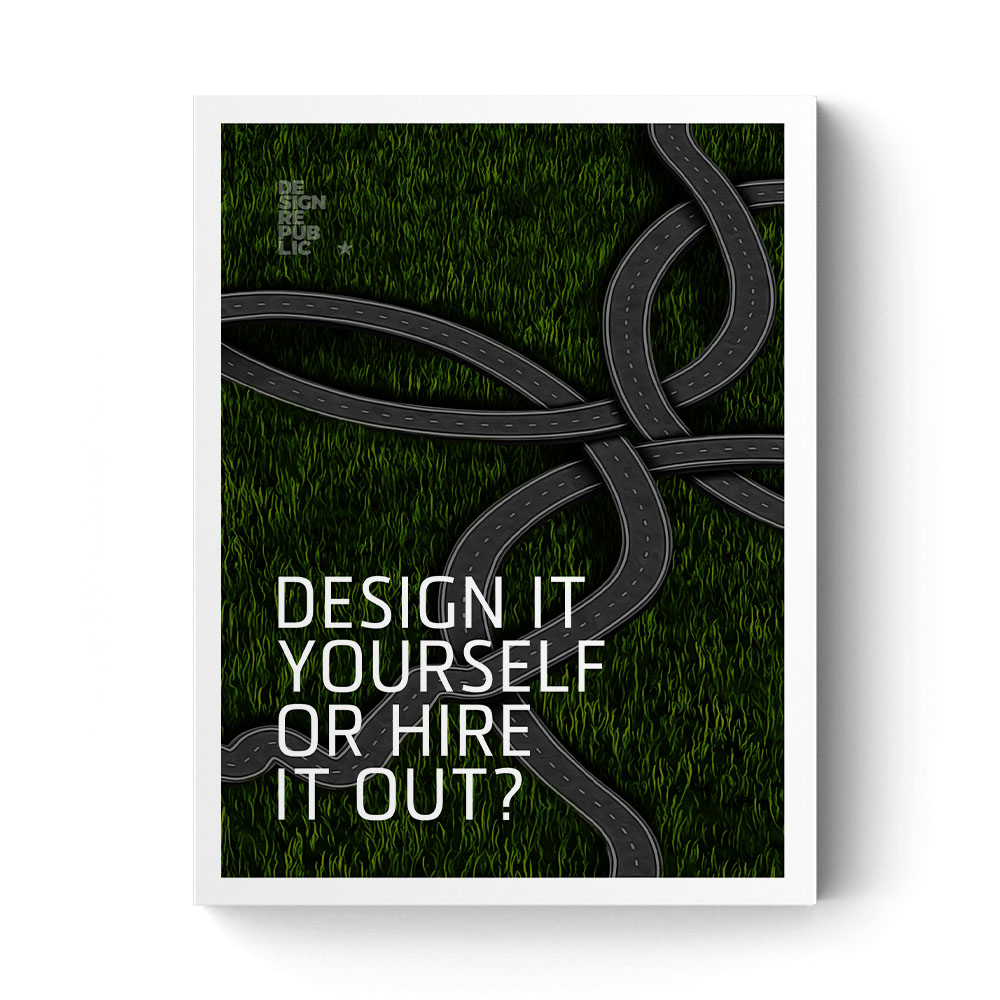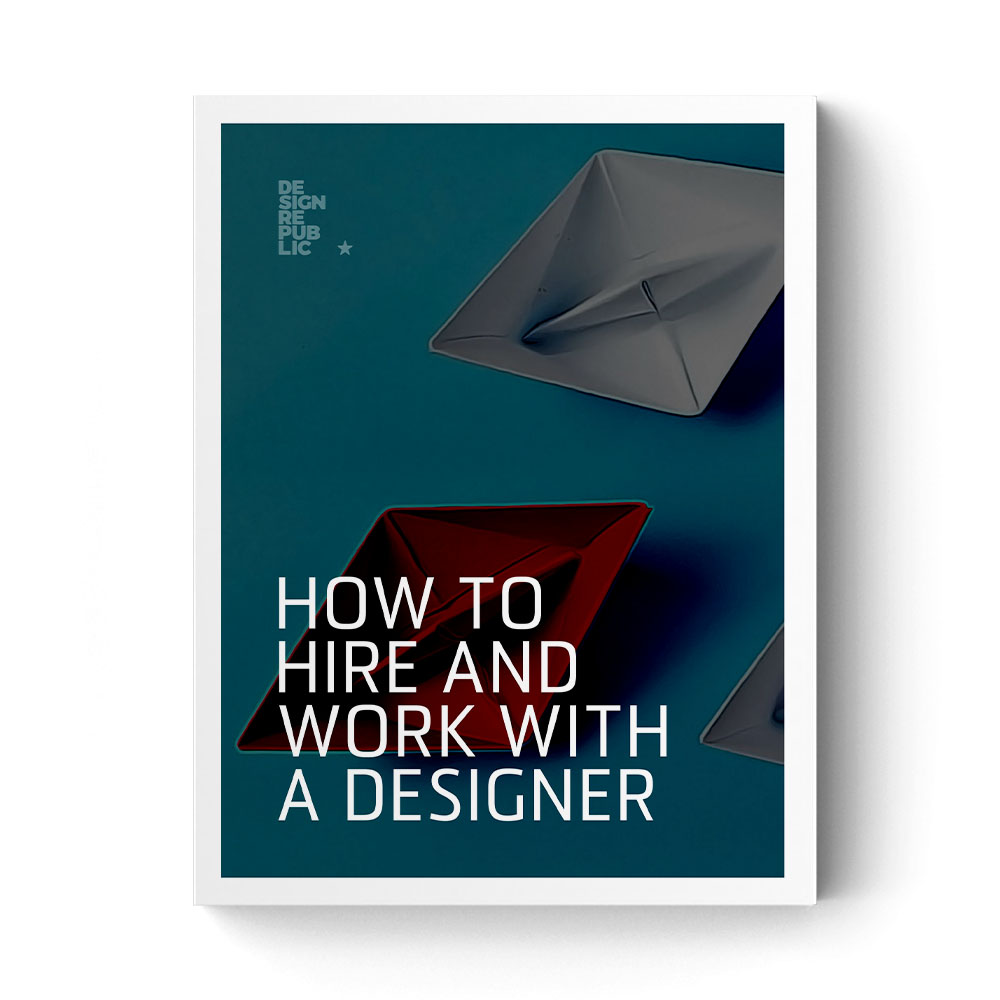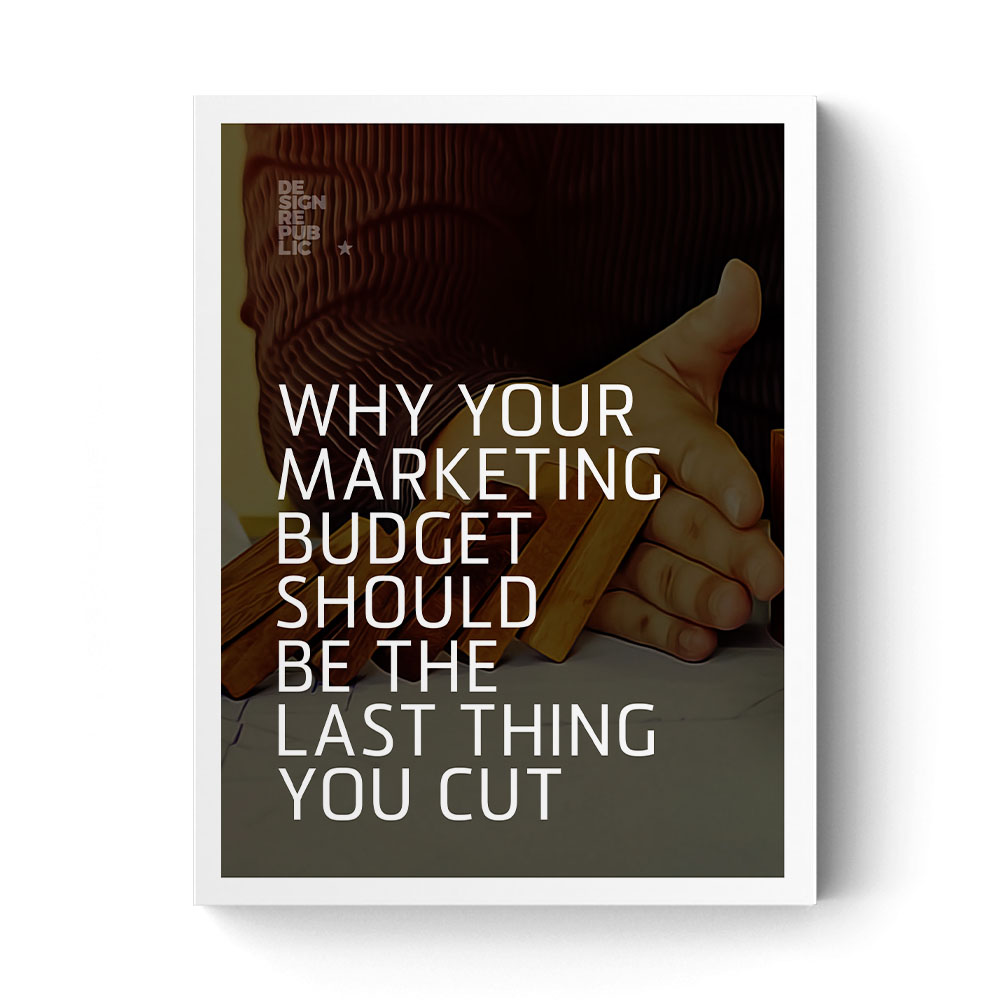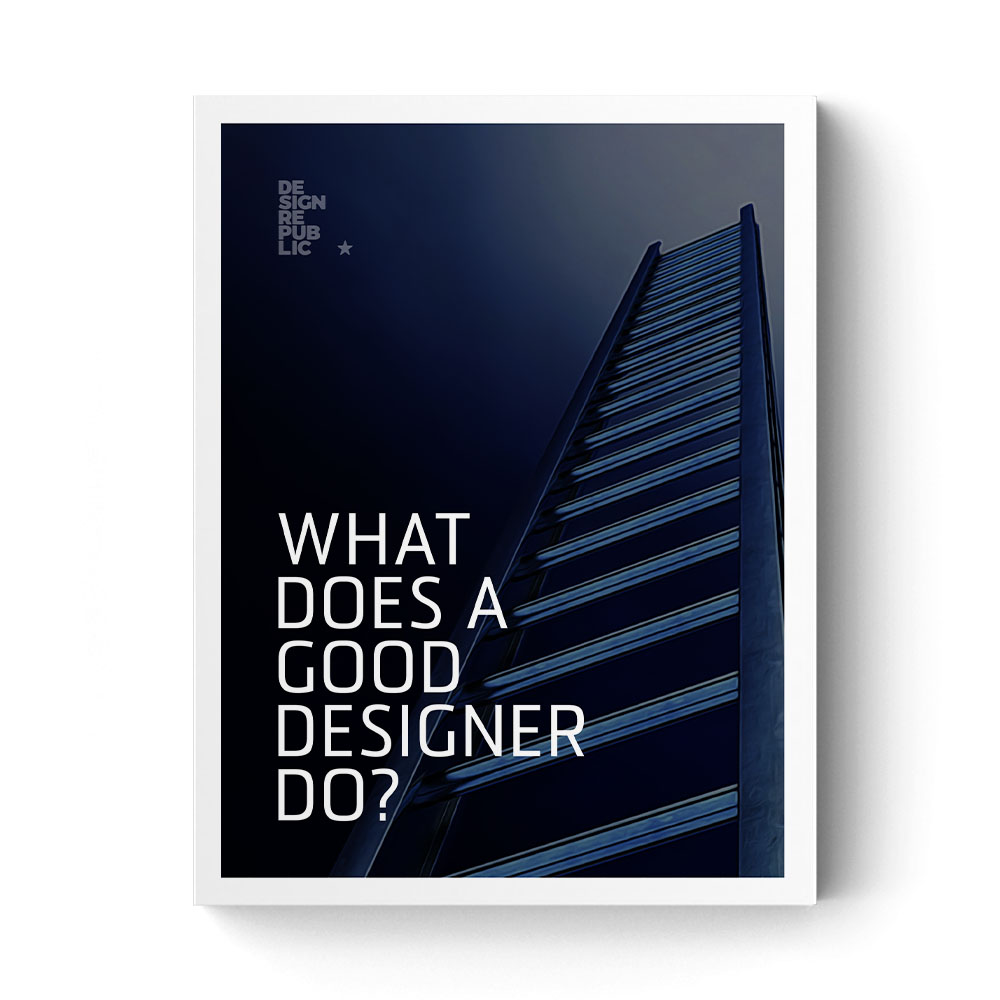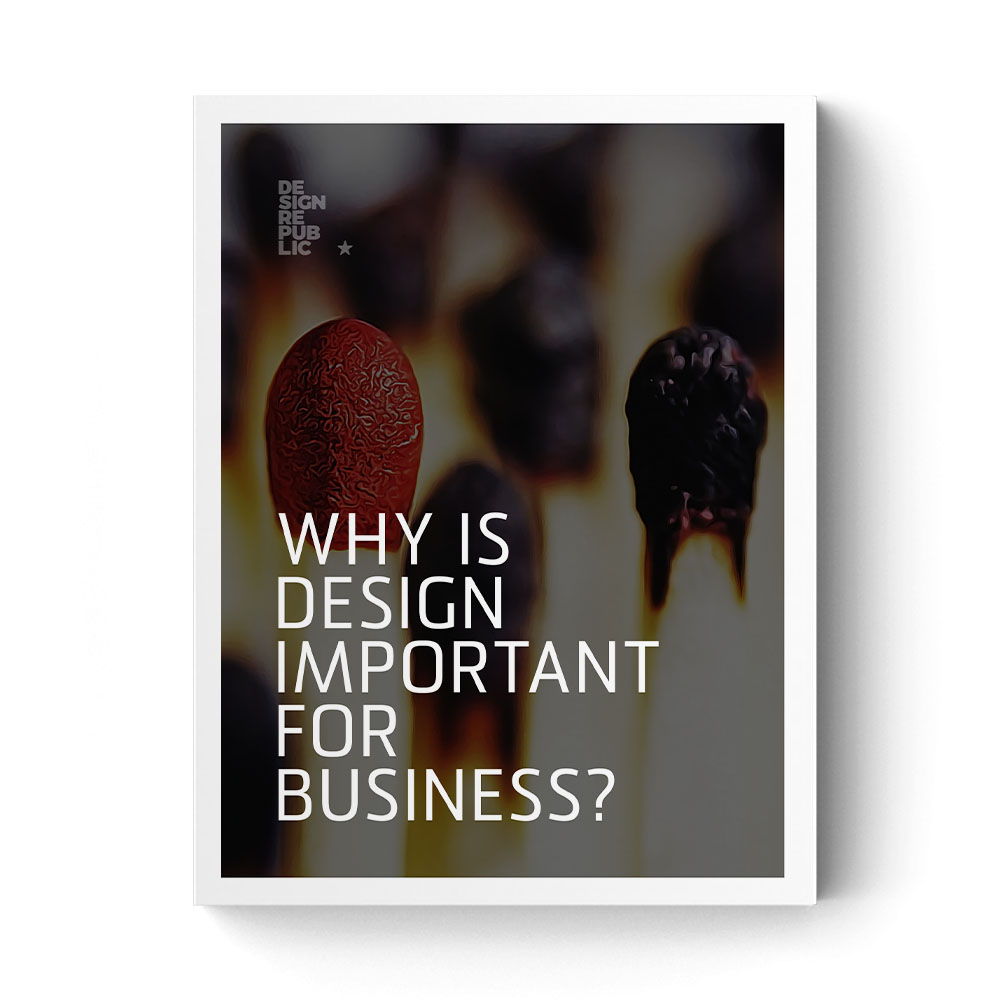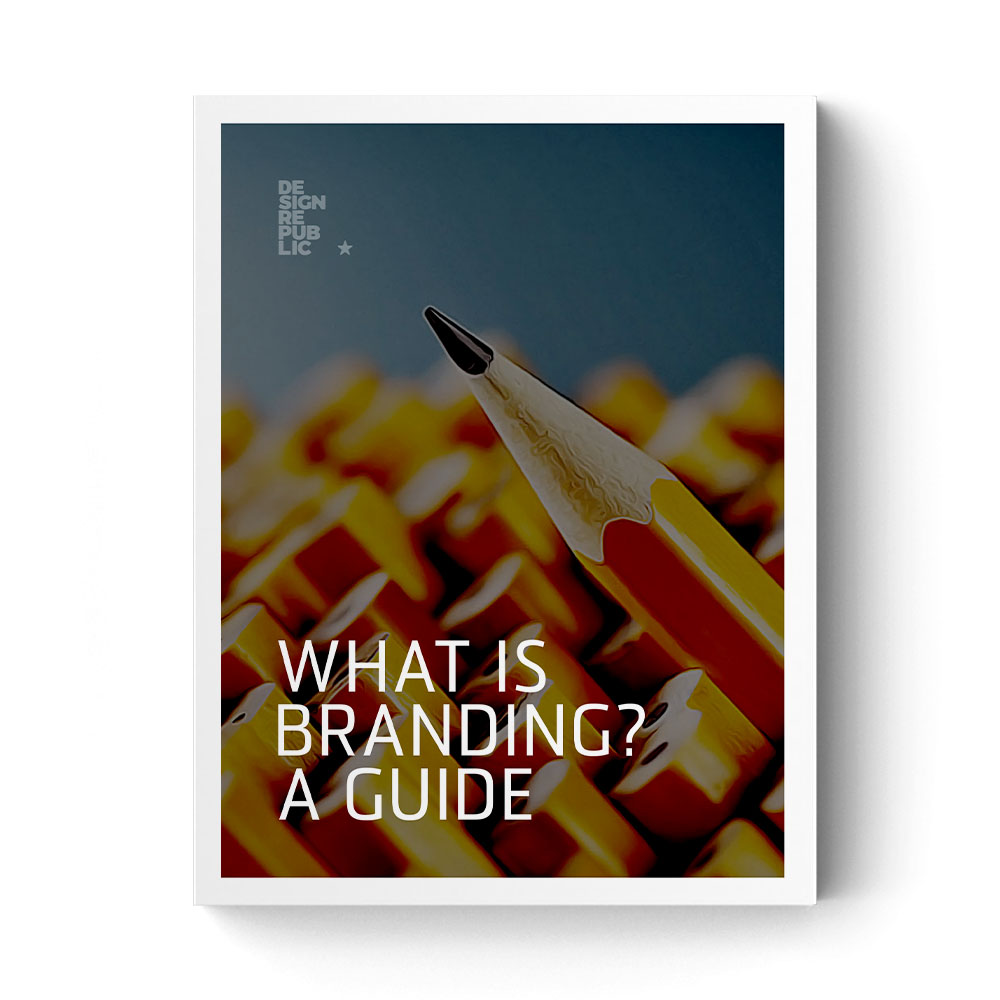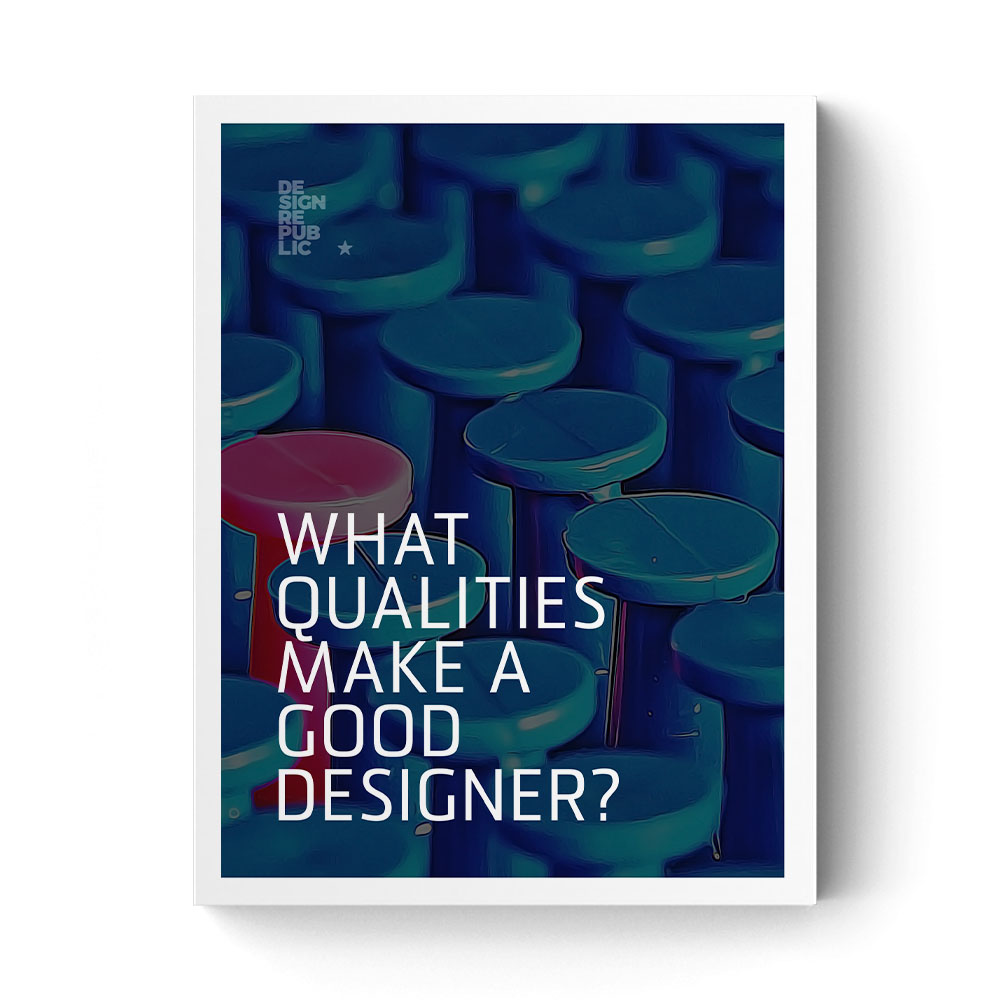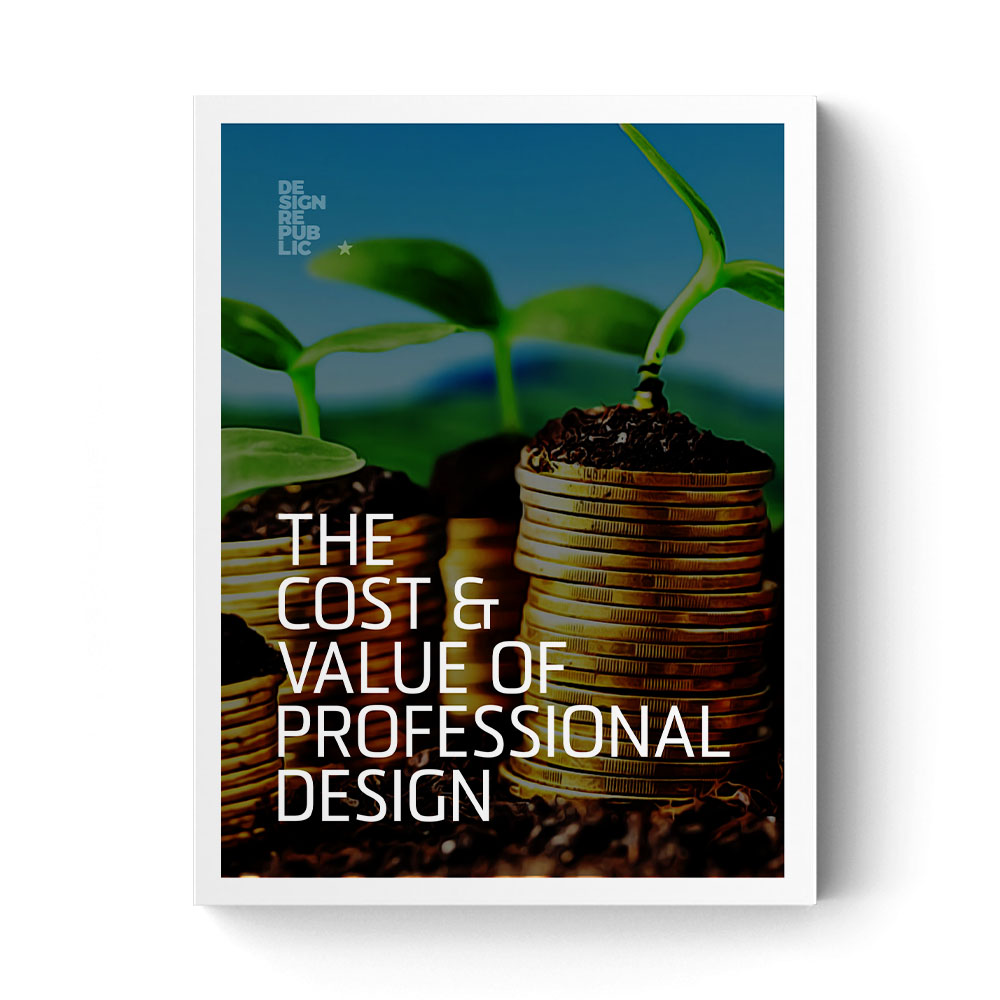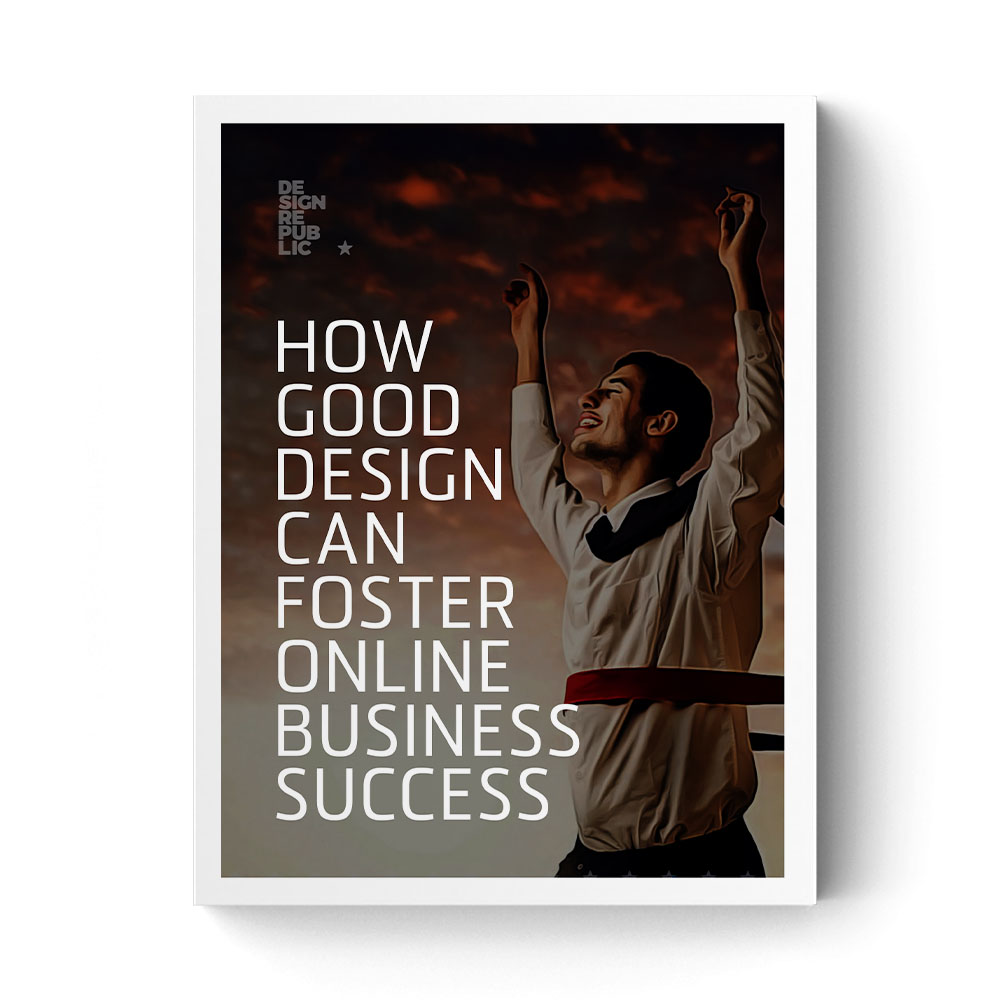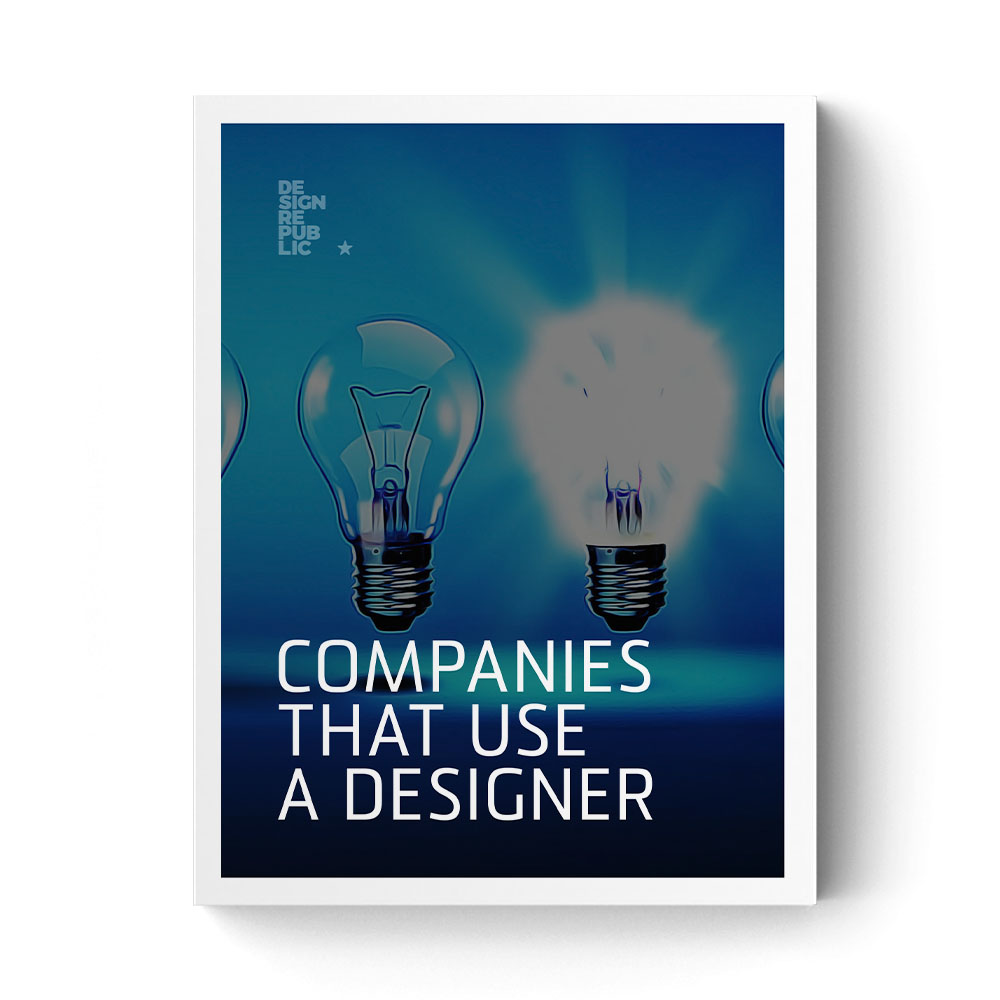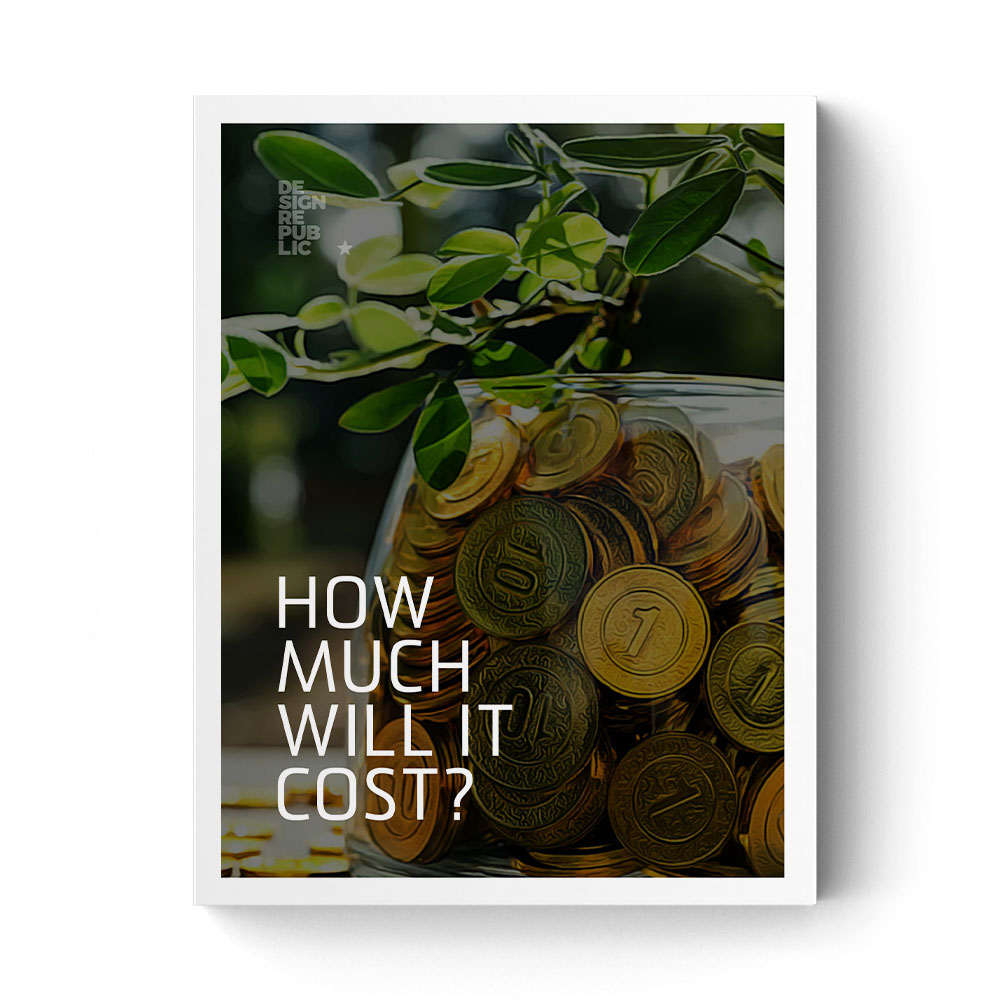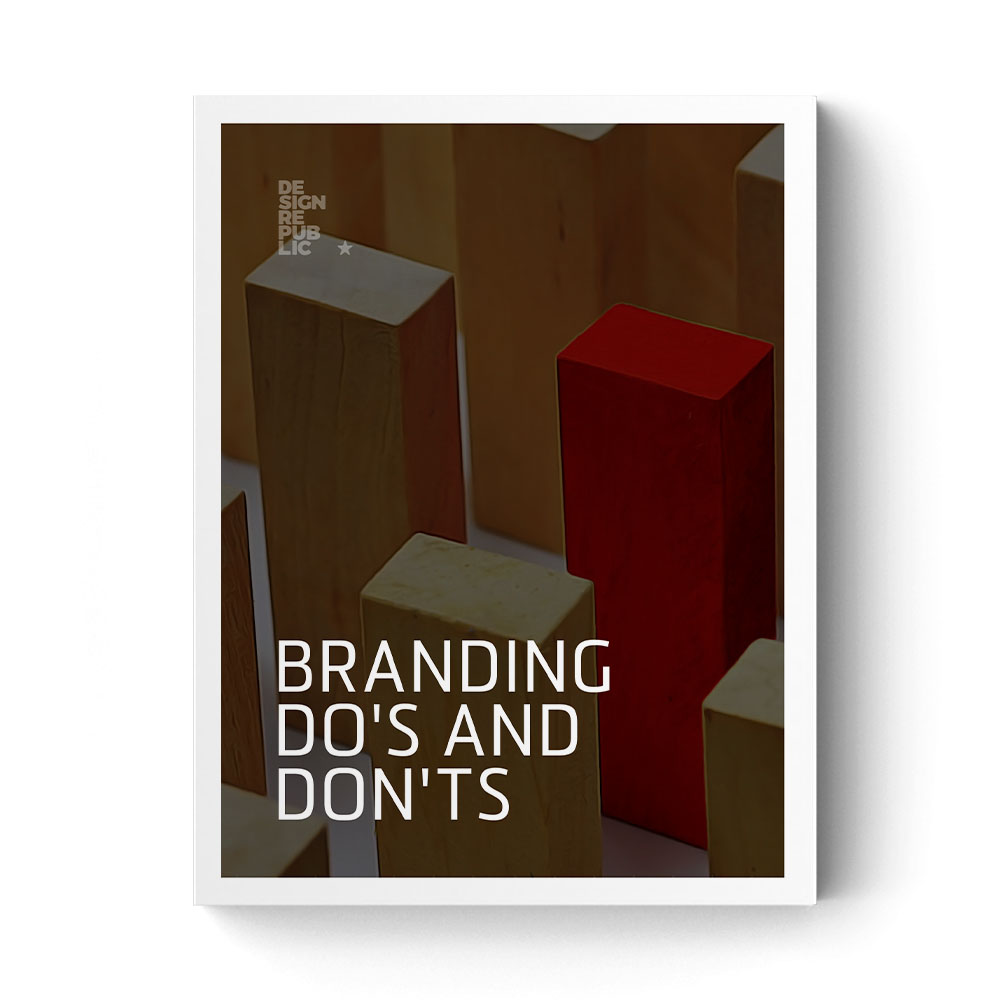GATHERS INFORMATION
Who are we designing for? How will they use what we are designing? Do they need it? What backend technologies does the client have at their disposal? What new ones are they open to trying? Who else has tried this and how have they succeeded or failed?
Once you have design goals you need to gather as much information as possible to make sure you are designing a solution that will fulfil those goals. You simply cannot design without researching the landscape. Just like you can’t build a house without surveying the land.
IMPOSES ORDER
Eventually all of this information needs to be used to create something. Ideas and requirements become artifacts and systems. This is the part of the job most other people will recognise as “design” because it is visible and involves images.
CREATES NOVEL FORMS
Also fun. Successful design balances convention-familiar forms, terms, and interactions-and novelty-new forms to engage and delight the users, in the hope they will stick around a bit longer and maybe buy their pants here instead of somewhere else. As long as you remember that those new forms must serve the goals of the business. Otherwise, they’re just novelty.
SOLVES PROBLEMS
WITHIN A SET OF CONSTRAINTS
Those constraints often come in the form of available materials, the audience for who the solution is intended, and business requirements.
UNDERSTANDS GOALS
Whether you are helping to launch a new business from scratch, or making incremental changes to an existing product, or something in between, any design task you undertake must serve a goal. It’s a designer job to find out what those goals are.
IS A GATEKEEPER
Carefully choose the projects you take on. Choose to leave the world better than you found it. Improve things for people. This doesn’t mean just working on non-profit or purely mission-driven projects. A lot of commercial products and services improve life for people in large and small ways. Just make sure there is some meaning to what you are doing besides exploiting a niche. Be the advocate for the person who will ultimately buy, use, or experience what you are designing.
KNOWLEDGE
